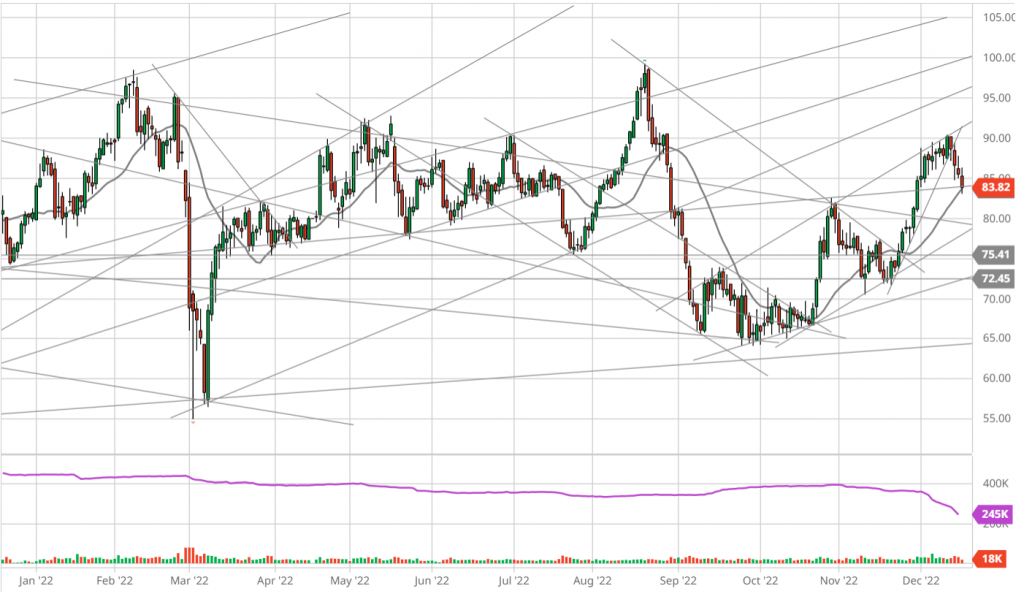Dear Madam or Sir,
Last week the European Parliament, the Council of Ministers represented by the Czech Council Presidency and the European Commission were able to agree on a compromise package for a new climate protection law. The emissions trading system of the European Union is intended to reduce the emissions of the European Union by 1,500 million tons of CO2 by 2030. According to Peter Liese, chief negotiator for the European Parliament and environmental policy spokesman for the largest group (EPP Christian Democrats), the EU ETS is intended to help ensure that the 2030 target of the EU can still be achieved.
According to Liese, the EU ETS only accounts for a small proportion of the electricity price, but a short-term reduction in the price of CO2 certificates is still a welcome contribution for those who suffer from high electricity prices.
Specifically, the institutions agreed to increase the reduction target for greenhouse gas emissions from 40% to 62%, to include waste incineration in the EU ETS from 2028, the CBAM CO2 border adjustment mechanism for steel, aluminium, fertilizers, cement, electricity and hydrogen to be introduced gradually (2026: 2.5% – 2027: 5% – 2028: 10% – 2029: 22.5% – 2030: 48.5% – 2031: 61% – 2032: 73.5% – 2033: 87, 5% – 2034 – 100%) and to significantly increase an innovation fund of currently 450 million certificates.
Similar to the German national emissions trading system, a new ETS is to be introduced in the EU for buildings and road traffic from 2027 on. At the same time, around 6 billion more are to be made available for the climate social fund to cushion social problems.
The price in the new ETS II should not be more than 45 euros per tonne of CO2, which is visibly lower than in Germany’s national emissions trading system, where the maximum amount should be 65 euros per tonne.
This year and next, the price in national emissions trading in Germany is 30 euros per tonne, and from 2024 this is expected to rise to 35 euros.
In the past trading week, the price of EU emission certificates moved between strong resistance and an equally strong support line due to technical resistance that could not be overcome.

The start of this trading week will be characterized by the fact that the swap from the December 2022 benchmark contract to December 2023 will take place and the last auction of a total of 2,568,500 EUAs will take place today at the Leipzig EEX.
The first fresh 2023 EU emission rights will not be offered again until January 9th, 2023, the first national emission rights in Germany on January 10th, 2023.
| (Average Quotes Exchange / OTC) | |||
| Instrument | 09/12/22 | 16/12/22 | Change |
| EUA (Spot-Market) | 87.88 EUR | 83.80 EUR | -4.08 EUR |
| EUA (December-2022-Future) | 87.97 EUR | 83.82 EUR | -4.15 EUR |
| VCU (Voluntary Carbon Units ø) | 4.05 USD | 3.53 USD | -0.52 USD |
| VER (Gold Standard Spotmarkt ø) | 2.91 USD | 2.55 USD | -0.39 USD |
| nEZ (German National Carbon Units) | 30.00 EUR | 30.00 EUR | +0.00 EUR |
| ICE Brent Crude Oil (Benchmark Future) | 76.64 USD | 79.18 USD | +2.54 USD |
| EURO (Currency, Forex) | 1.0534 USD | 1.0585 USD | +0.0051 USD |
(The average exchange quotes and OTC-prices shows the average between bids and ask of several exchanges and OTC markets for carbon emission rights in the ETS. Bid and ask has usually in Spot Market a visible spread. The VER quotes are average rates (carboncredits.com), which can be used within the framework of CORSIA and voluntary carbon offsetting. Crude Oil and Euro Currency shows day-end-exchange quotes. This market information has just an informational character and are no advice or offer to trade carbon emission rights or their futures and options. If you want to unsubscribe, please reply to this mail.)
Please call our international carbon desk if any further questions exist: +49.2831.1348220.
With kind regards,
ADVANTAG Services GmbH

